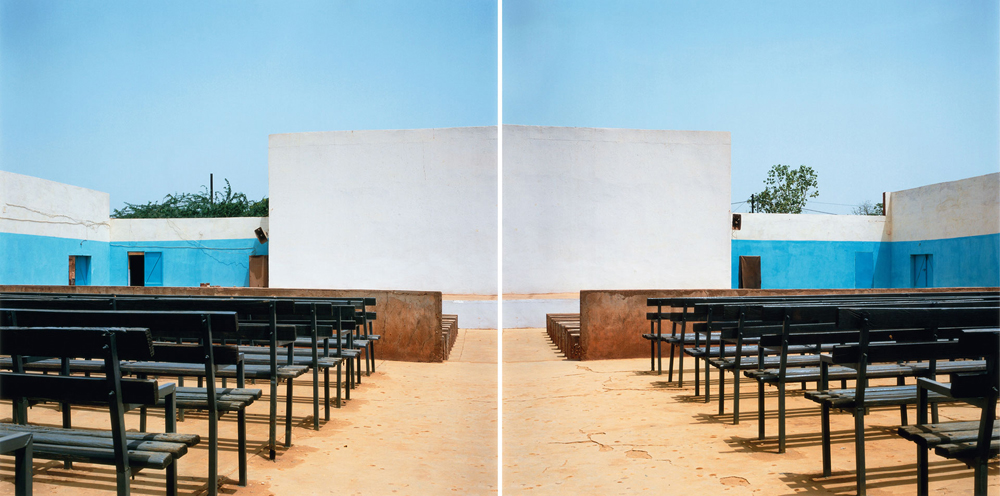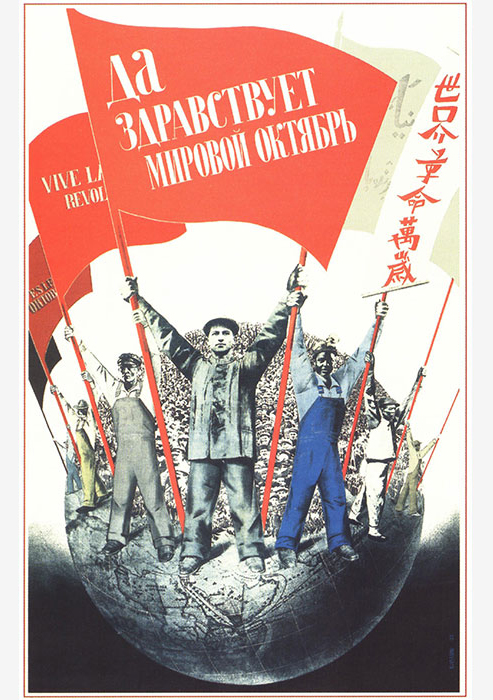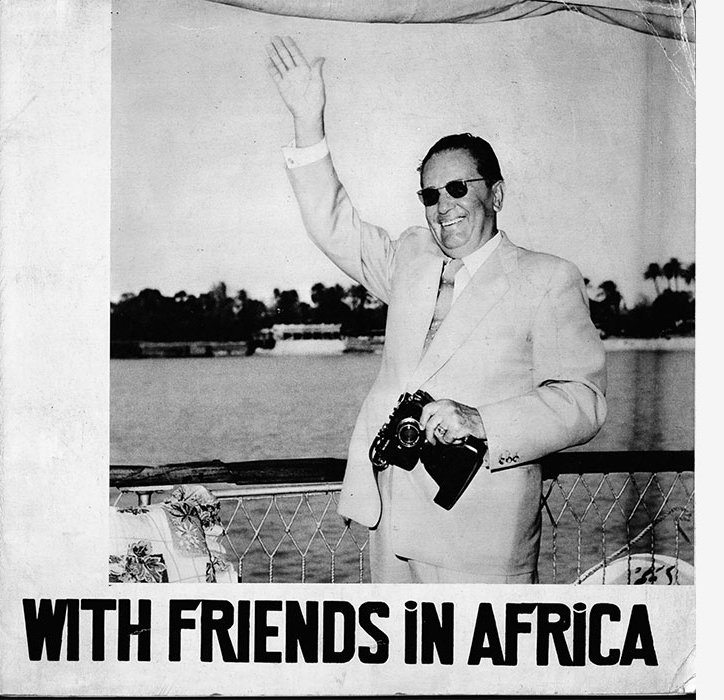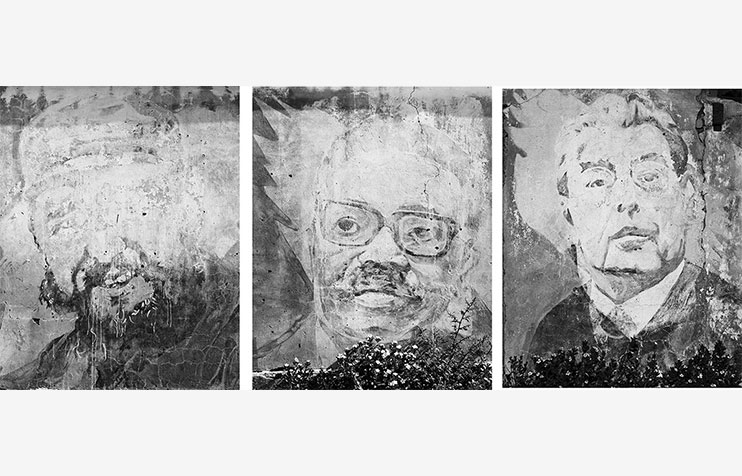
Isaac Julien, Fantôme Créole Series (Cinema Cinema), 2005. Dyptich of Lambda prints on gloss paper.
Courtesy of Isaac Julien and Victoria Miro, London Isaac Julien, Fantôme Créole Series (Cinema Cinema), 2005. Dyptich of Lambda prints on gloss paper. Source: Courtesy of Isaac Julien and Victoria Miro, London
Isaac Julien, Fantôme Créole Series (Cinema Cinema), 2005. Dyptich of Lambda prints on gloss paper. Source: Courtesy of Isaac Julien and Victoria Miro, London
Calvert 22, the UK’s only non-profit organization dedicated to promoting art from Russia and Eastern Europe, has launched a new season presenting historical and contemporary responses to connections between different African nations and the Soviet Union and related countries.
These ties were principally forged in the second half of the 20th century, as the East and the West backed various players in post-colonial power struggles. Countries like the Soviet Union, East Germany and Yugoslavia provided aid to national governments in places like Angola and Mozambique, and used offers of educational scholarships to exert their influence.
The exhibition, titled Red Africa, takes the viewer back to the early Soviet period by looking at the work of Russian-American artist Yevgeniy Fiks, who focuses on representations of black people in Soviet press and propaganda as far back as 1920.
 Soviet poster from 1933, Wayland Rudd Archive. Source: Courtesy of Yevgeniy Fiks
Soviet poster from 1933, Wayland Rudd Archive. Source: Courtesy of Yevgeniy Fiks
The exhibition also shines a spotlight on relationships between Eastern European states and African nations during the Cold War, including Yugoslav leader Tito’s visit to Africa in 1961.
 Tito, With Friends in Africa - Tito press service, 1961. Source: Courtesy of Museum of Yugoslav History
Tito, With Friends in Africa - Tito press service, 1961. Source: Courtesy of Museum of Yugoslav History
Work by Jo Ratсliffe and Kiluanji Kia Henda records the present-day traces of propaganda and communist street art in Africa, showing the enduring legacy of liberation struggles on the continent. In addition, the legacy of North Korea’s Mansudae Art Studio, which produced socialist realist pieces like The African Renaissance, is examined through the work of Onejoon Che.
 Mural portraits depicting Fidel Castro, Agostinho Neto and Leonid Brezhnev, painted on the wall of a house in Viriambundo, Angola, circa 1975 (triptych). Source: Jo Ractliffe. Courtesy of Stevenson, Cape Town/Johannesburg
Mural portraits depicting Fidel Castro, Agostinho Neto and Leonid Brezhnev, painted on the wall of a house in Viriambundo, Angola, circa 1975 (triptych). Source: Jo Ractliffe. Courtesy of Stevenson, Cape Town/Johannesburg
Alongside the exhibition, Calvert 22 is to host a series of events and 8 screenings, which will cover four decades of filmmaking practice that either originated from or have been influenced by Africa.
The full program is available here - calvert22.org/events
All rights reserved by Rossiyskaya Gazeta.
Subscribe
to our newsletter!
Get the week's best stories straight to your inbox